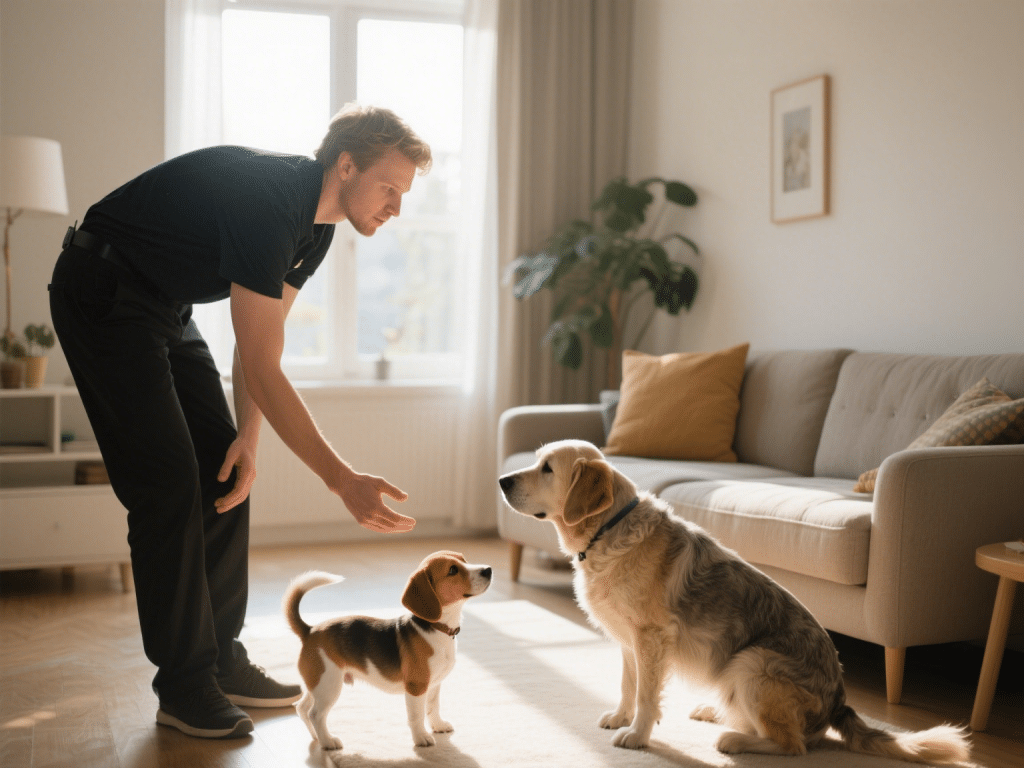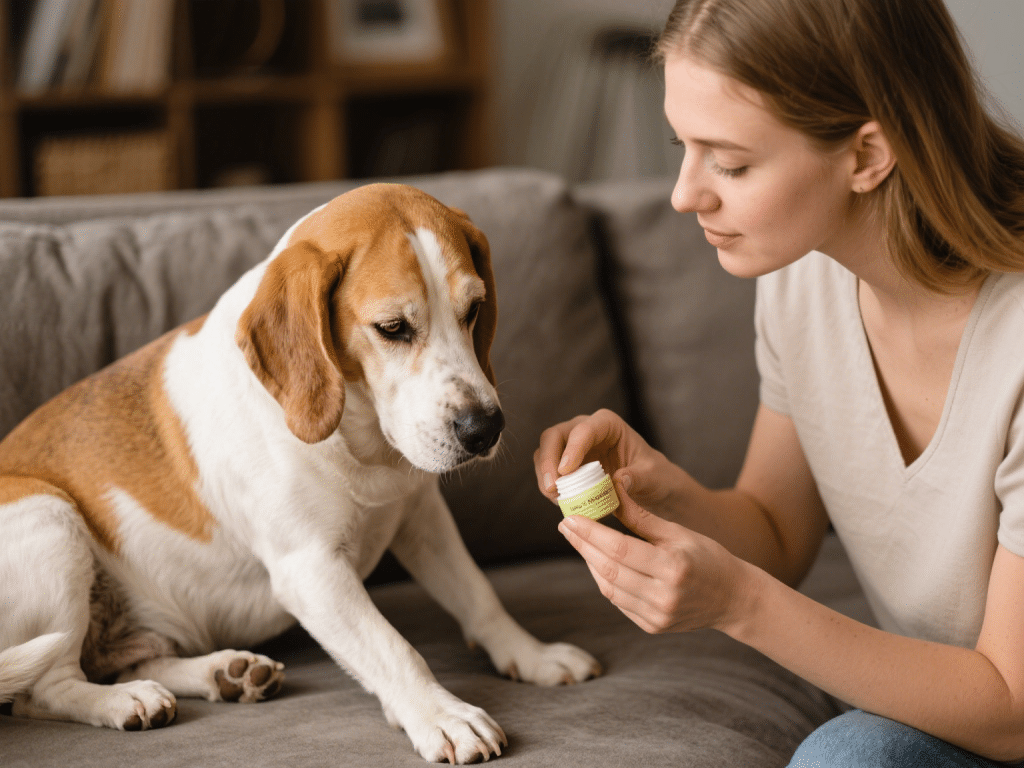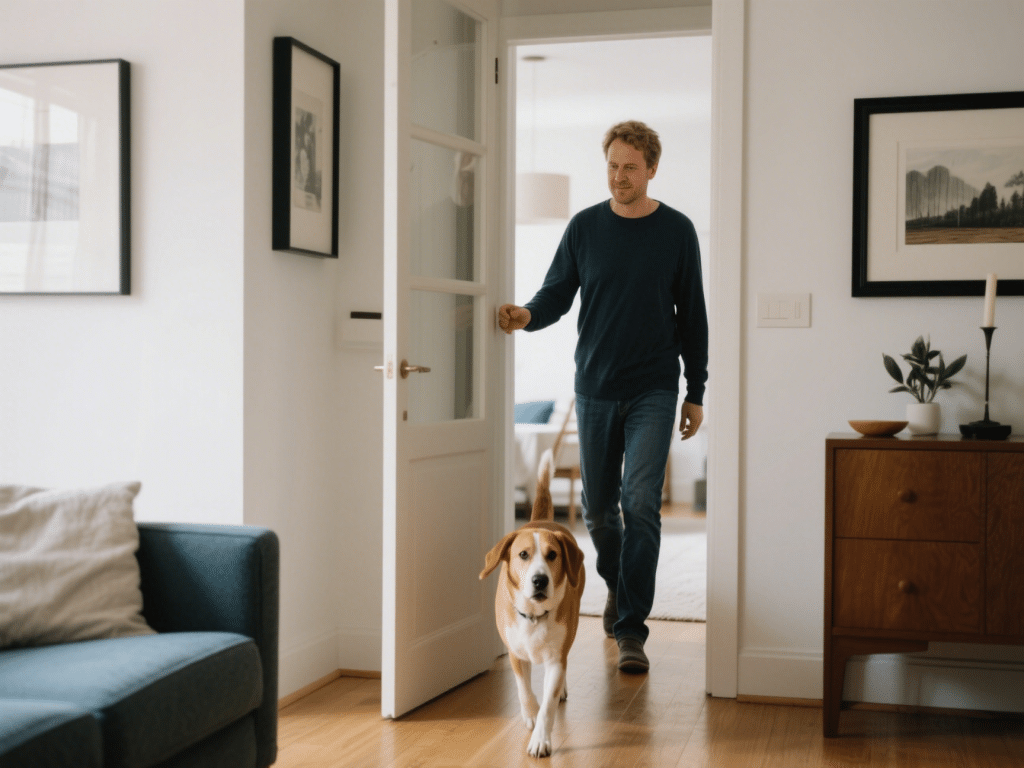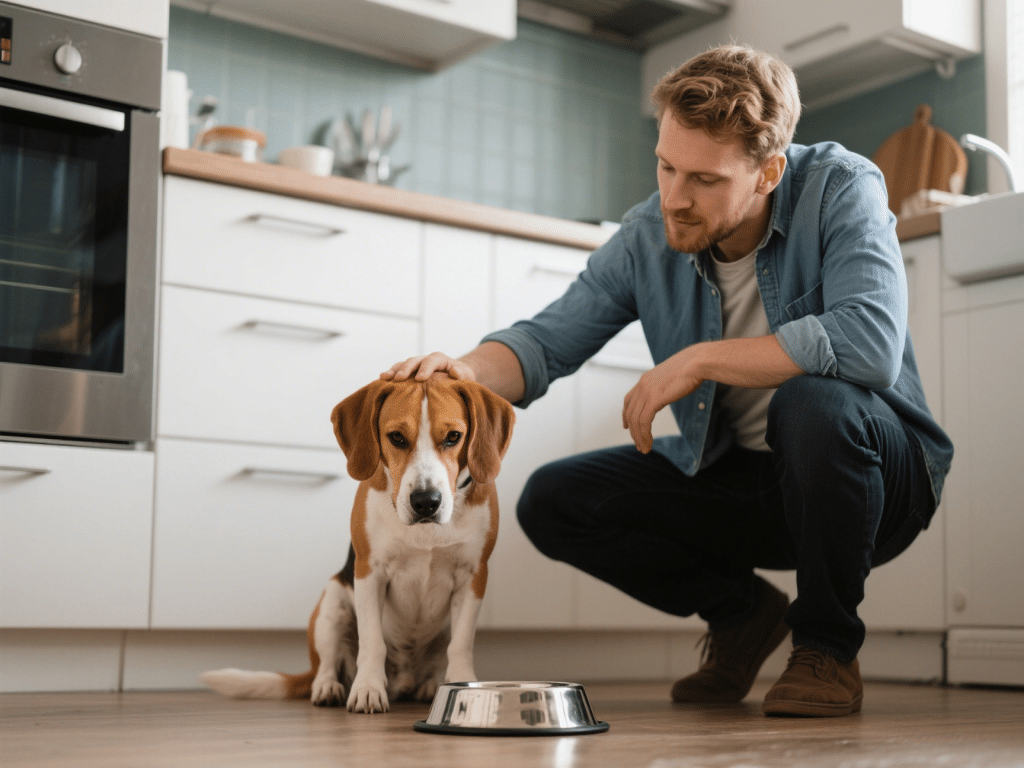How to Safely Introduce a New Puppy to Your Senior Dog

Welcoming a new puppy into a home where an older dog has established routines can be tricky. Drawing on my fifteen years as a certified canine behavior consultant, I’ll guide you through a safe, respectful introduction process that honors your senior dog’s comfort and sets your puppy up for social success.
1. Prepare Separate Safe Zones
Before the introduction day:
Senior Sanctuary: Create a quiet retreat for your older dog, furnished with favorite bedding, toys, and a slowed-down feeding station.
Puppy Playpen: Set up a gated area stocked with chew toys and puppy-appropriate enrichment.
This parallel setup reduces stress by ensuring each dog has a controlled space.
2. Scent Familiarization
Dogs rely on scent for first impressions.
Swap Blankets: Exchange bedding between dogs for 24–48 hours.
Positive Pairing: Sprinkle high-value treats (low-fat cheese bits or freeze-dried liver) on the exchanged items to build positive associations.
Expert Insight: In my private consultations, nearly 90% of dog pairs acclimate faster when scent work precedes face-to-face meetings.
3. Neutral-Ground Meetups
Avoid territorial disputes by choosing neutral territory:
Location: A quiet park or an unfenced backyard.
Leash Protocol: Both dogs on loose leashes, held by separate handlers.
Observation: Watch for stress signals—stiff bodies, pinned ears, lip licking. If tension rises, calmly disengage and try again later.
Gradual exposure allows your senior dog to approach at their own pace.
4. Controlled Home Introduction
Once outdoors goes smoothly (often 2–3 short sessions), bring the duo inside:
Leash Off, Gate On: Use baby gates to create supervised interaction zones.
Parallel Play: Engage them with identical puzzle feeders placed apart. Reward calm behavior generously.
Monitoring: Stay vigilant—senior dogs may tire quickly or become overstimulated. Offer breaks in respective safe zones.
5. Establish Boundaries & Routine
Consistency reassures both dogs:
Feeding Times: Feed separately at first, gradually moving bowls closer over two weeks.
Walks & Play: Alternate one-on-one walks with joint outings as comfort builds.
Praise & Reinforcement: Celebrate polite greetings and relaxed coexistence.
Final Thoughts
Transitioning a household from one to two dogs takes patience and respect for each dog’s individual needs. By following these steps, you ensure your senior dog retains confidence and your puppy learns healthy social skills. Over time, you’ll foster a harmonious multi-dog family dynamic built on trust and positive experiences.









Comments on "How to Safely Introduce a New Puppy to Your Senior Dog" :